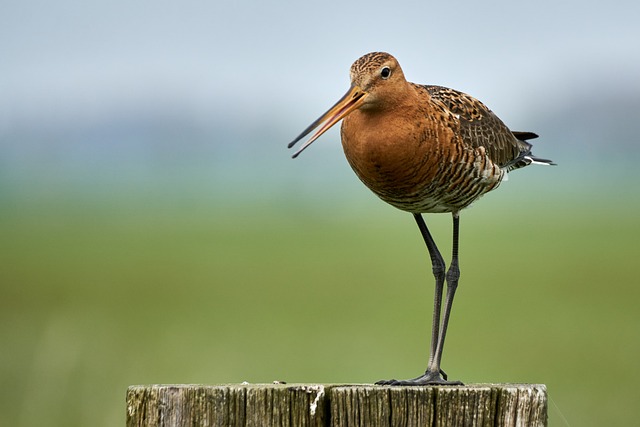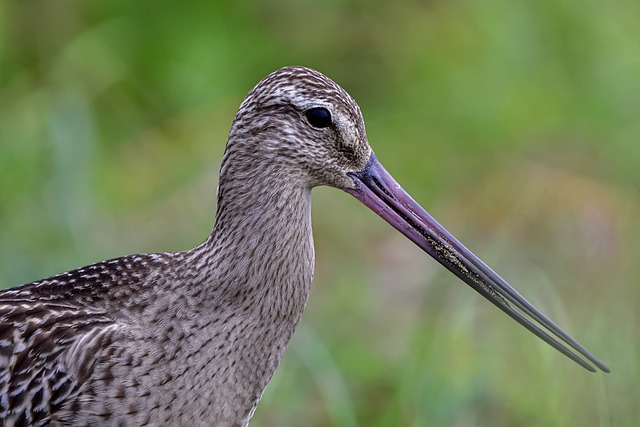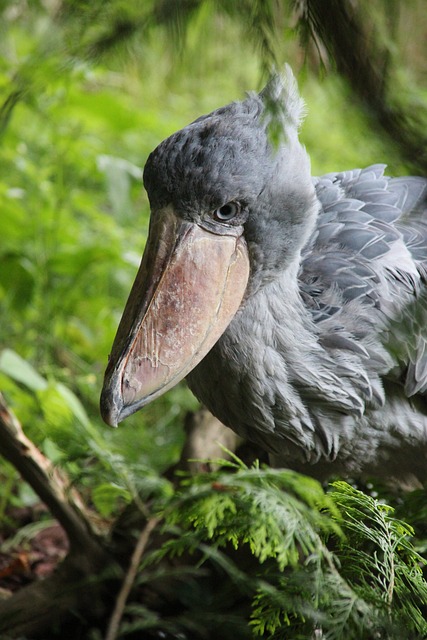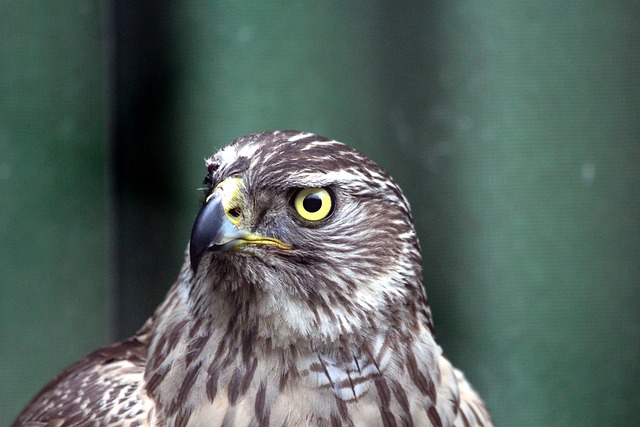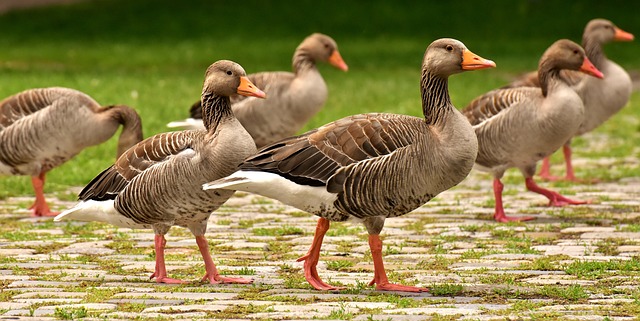The hen harrier is a majestic bird of prey that has long captured the imagination of birdwatchers and nature enthusiasts alike. Found throughout many parts of the world, these birds have unique physical characteristics and behaviors that make them incredibly fascinating to observe.
In this article, we will explore all that you need to know about the hen harrier, from its physical characteristics to its behavior, habitat, and conservation efforts.
Introduction
The hen harrier (Circus cyaneus) is a medium-sized bird of prey that is closely related to the marsh harrier, the Montagu’s harrier, and the pallid harrier. It is a part of the family Accipitridae, which also includes eagles, hawks, and buzzards. It is the only member of the genus Circus, which stems from the Latin word for “circle”, a reference to the hen harrier’s circular flight pattern.
These birds can be found throughout Europe, Asia, Africa, and North America. In Europe, they are most common in Ireland, the United Kingdom, and the Scandinavian countries. In Asia, they can be found in much of Russia and Turkey, as well as parts of India and China. In Africa, they can be found in parts of Morocco and Tunisia. In North America, they are most commonly seen in Canada, the United States, and Mexico.
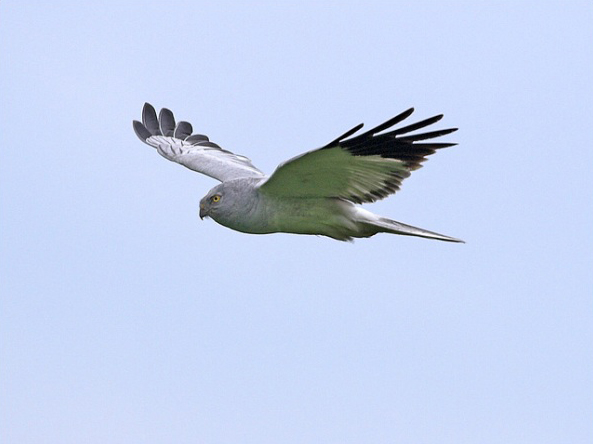
The hen harrier is a medium-size raptor, measuring approximately 46–56 cm in length with a wingspan of 102–115 cm and a weight of 350–540 g. Its plumage is generally grey and brown, with a white rump and a white patch on its wings. Its head is grey with a white line on the face and yellow eyes. Its underparts are white, with black streaks near the wings and tail.
The hen harrier is an opportunistic feeder, eating small rodents, amphibians, birds, reptiles, and invertebrates. It is an ambush hunter, using its excellent eyesight to spot prey from a distance. Once it has located a potential meal, it swoops down and grabs it with its talons.
In terms of its habitat, the hen harrier prefers open and grassy areas, such as moorland, grassland, and heathland. It is also sometimes seen in marshes, meadows, and agricultural land. It can also be found in forests, but prefers more open areas so that it can better spot prey.
The hen harrier’s breeding season begins in April or May, depending on where it is located in the world. It is an monogamous bird, usually forming lifelong partnerships with the same mate. The female lays between three and eight eggs in a scrape in the ground, which are incubated for about 28-30 days. The chicks fledge in about six weeks.
The hen harrier faces many predators, including hawks, owls, and other raptors. To protect itself, it will often fly high in the sky in order to spot potential threats before they can spot it. Other animals, such as foxes, mink, and polecats, also hunt the hen harrier, although it is not their preferred prey.
The hen harrier’s population is currently being monitored by conservation organizations, such as the Royal Society for the Protection of Birds (RSPB), BirdLife International, and the International Union for Conservation of Nature (IUCN). These groups are working to protect the hen harrier’s habitat and breeding grounds from destruction and degradation. They are also working to raise awareness of the importance of protecting the hen harrier and its habitat.
Through this article, we have learned about the hen harrier, its physical characteristics, diet, habitat, and behavior. We have also explored its predators and the conservation efforts being made to protect it. We now have a better understanding of this incredible bird of prey and the importance of preserving its habitat and population. With this knowledge, we can take action to help protect the hen harrier and its environment.
Physical Characteristics
The hen harrier is a medium-sized raptor, with a length of between 33 and 46cm and a wingspan of between 100 and 122 cm. It has a bulky body and broad wings, and can be easily identified by its checkered brown and gray plumage. Its feathers are generally darker on the back and wings, and its tail is striped with two dark bands. The hen harrier has large yellow eyes, a grey beak, and yellow feet with long toes.
In terms of coloration, the hen harrier can range from a light slate grey to a dark brown. The female is generally darker than the male, and the breast of both sexes is lightly barred. Juveniles are similar in color to the adults, but their feathers are slightly more buff-tipped.
The hen harrier is an agile and powerful bird of prey, capable of hovering and flying at speeds of up to 80km/h. It has a large wingspan and is able to soar for long periods of time, often on the thermals created by warm air currents.
The hen harrier is also well-equipped for hunting, with its large eyes giving it excellent vision and its strong talons allowing it to grasp its prey. Its legs are also very strong, and it is able to walk and run over long distances in search of food.
The hen harrier is one of the few birds of prey capable of producing a shrill “screech” call, and it is also able to produce a low-pitched “coo” while perched. Its alarm call is a distinctive “chee-up” sound that serves as a warning to other birds in the area.
Diet
The diet of the hen harrier is an important part of its life cycle. The hen harrier is a top-level predator, meaning it is at the top of the food chain and relies heavily on its hunting skills to survive.
The hen harrier is an opportunistic eater, meaning it will eat whatever is available depending on its environment. Most often, the hen harrier will dine on small rodents, such as voles, mice, and shrews, as well as birds like grouse and ptarmigan. The hen harrier will also feed on insects and larger mammals, such as hares.
When hunting, the hen harrier will perch in a tree or on the ground, waiting for its prey to come close before swooping down and catching it. To hunt more successfully, the hen harrier will occasionally mimic the calls of other birds as a way to draw the attention of its prey.
As a top predator, the hen harrier’s diet has an important impact on the environment. By preying on smaller animals, the hen harrier helps to keep the population of those animals in check, which prevents overpopulation and the damage to the environment that can result from it.

The hen harrier also plays an important role in the ecosystem as an indicator species. By monitoring the species’ diet, researchers can get an idea of the health of the environment and how changes in its habitat might be impacting the species’ food sources. For example, a decrease in the number of voles or other small rodents in the hen harrier’s area of hunt could be an indicator that there is an underlying problem with the environment.
Being a top predator also means that hen harriers are more susceptible to the effects of pollutants and toxins in the environment. Since the hen harrier’s prey likely contains pollutants from the environment, the bird is at an increased risk of being poisoned by them. In addition, hen harriers are also at risk from human activities, such as pollution, over-hunting, and habitat destruction. These human activities can lead to a decrease in the hen harrier’s food supply, endangering its population.
Overall, the diet of the hen harrier is an important part of its life cycle and has far-reaching impacts on the environment. By understanding the hen harrier’s diet, researchers can gain insight into the health of the environment and how it might be impacted by human activities.
Habitat
The hen harrier is a bird of open country, usually found in moorland and heath, bogs, and grassy areas. They also inhabit farmland, marshes, and coastal areas, but these areas are often used as hunting grounds instead of permanent dwellings. The majority of hen harriers live in the Northern Hemisphere, with most found in the UK, Europe, and North America.
Hen harriers prefer to nest in moorland habitats, making use of the abundant heather and bilberry, which provide a safe nesting site. They may also build their nests on the ground in close proximity to areas of heather. This species is also fond of woodland edges and open fields, where they can forage for food.
The hen harrier is an iconic bird of the British uplands, where it has become a symbol of the conservation battle between wildlife and people. For many years, the hen harrier was hunted as a game bird and also suffered from habitat destruction. Today, it is a protected species, and its population is monitored closely.
Hen harriers are territorial birds, but they do not stay in the same area for long. Instead, they move around to find food, often travelling hundreds of miles in a single season. The hen harrier's wide-ranging diet and preference for open country make it highly adaptable, allowing it to thrive in a variety of habitats.
Hen harriers are vulnerable to habitat destruction, especially when it comes to grazing and agricultural practices. Overgrazing can reduce the amount of heather available for nesting, while agricultural expansion can lead to the loss of critical habitats. In some areas, the hen harrier is also threatened by the conversion of land to forestry plantations, which can reduce available nesting sites.
Climate change is also having an impact on the hen harrier's habitat, with rising temperatures and extreme weather events becoming more frequent. These changes can have a significant effect on the hen harrier's range, with habitat loss and shifting migration patterns making it difficult for the species to survive.
The importance of preserving the hen harrier's habitats cannot be overstated. Not only do they provide essential nesting and foraging sites for the species, but they also provide a refuge for other wildlife. Protecting the hen harrier's habitat is essential if we are to ensure its survival and the survival of other species that rely on it for their existence.
Breeding Habits
Hen harriers breed during the months of April through August, depending on the region in which they live. Males and females typically pair up for the breeding season, often with the same partner year after year. Hen harriers are monogamous, meaning they stay with the same mate until one of them dies.
The hen harrier will build a nest in a sheltered area such as a tree crevice or dense vegetation. The nest is lined with grasses and feathers, and the female typically lays a clutch of four to six eggs. The eggs are pale blue-green in color and are incubated by the female for about 28 days. The male brings food to the female during this period.
Once the chicks have hatched, both the male and female will feed them. The chicks stay in the nest for about two weeks, after which time they will begin to explore their surroundings and learn to fly. The parents will continue to feed and look after the young for several more weeks until they are ready to be on their own.
The hen harrier is an important part of the ecosystem. Its diet consists mostly of small mammals and birds, but it also eats insects, reptiles, amphibians, and even some plants. The harrier helps to keep these populations in check and can help reduce crop damage from pests.
Hen harriers also play an important role in controlling the spread of diseases. By eating infected animals, they help to reduce the numbers of disease-carrying animals in an area. This helps to reduce the risk of human and animal disease outbreaks.
The hen harrier’s breeding habits are vital to its survival. Without successful breeding each year, the hen harrier’s population could decline drastically, leading to a decrease in the diversity of the environment. It is important to ensure that hen harriers are able to breed and raise their young without disruption from humans.
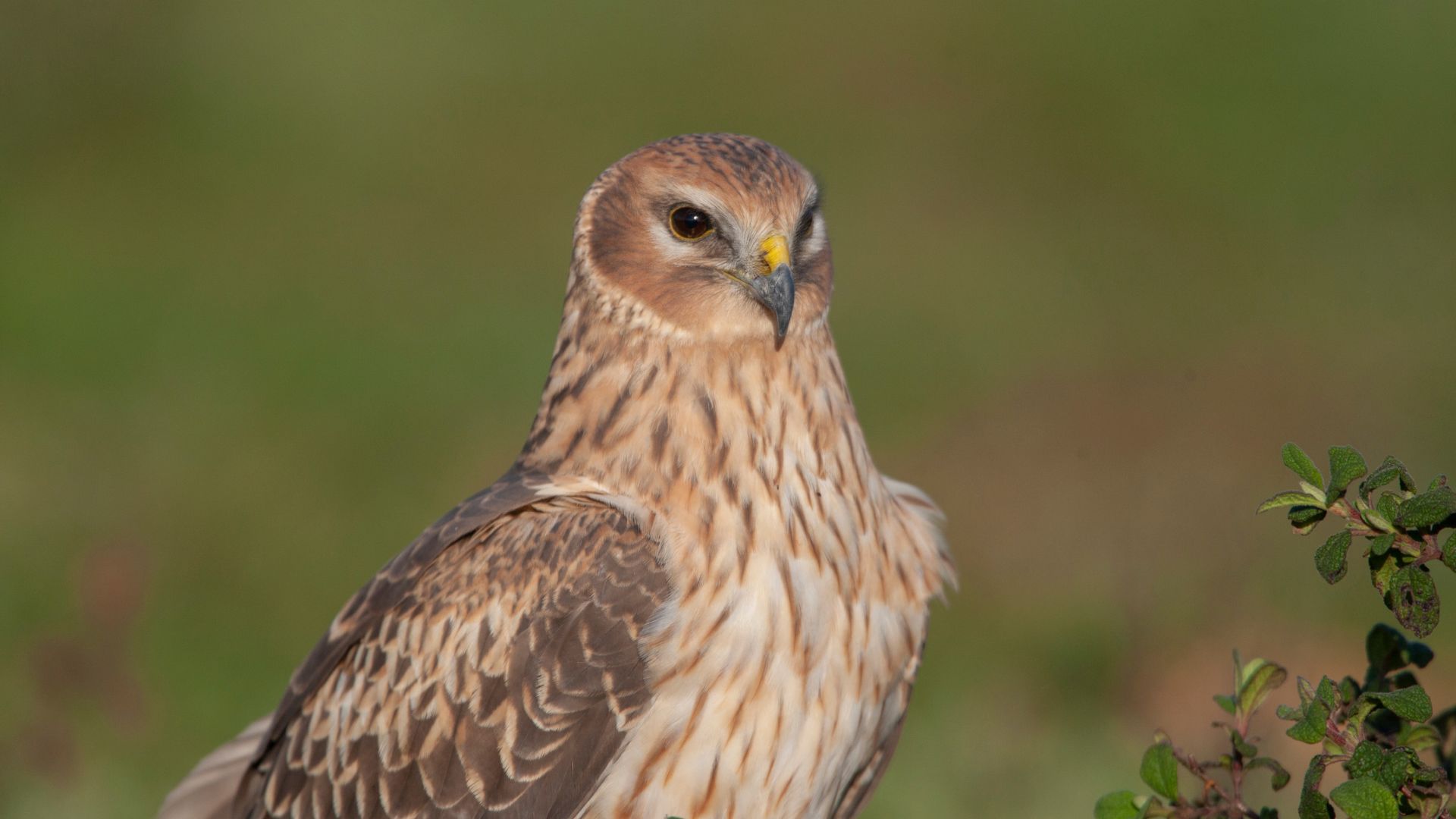
Conservation
The conservation of the hen harrier is a complex issue that involves the protection of its habitats as well as its own population. As one of the world's most endangered birds, the hen harrier is considered to be a species of high priority for conservation action.
In the UK, the hen harrier is listed as a priority species under the UK Biodiversity Action Plan and is protected under the Wildlife and Countryside Act. In other parts of the world, including the United States, the hen harrier is currently listed as a species of conservation concern.
The hen harrier's population is monitored by several conservation organizations, including the RSPB, which has been collecting data since 1998. In the UK, the population has recovered from a low of only 90 pairs in 1998 to an estimated 800 pairs in 2011, which is a significant success story.
However, the hen harrier's population remains threatened by habitat destruction, most notably by human activities such as agricultural intensification, urban sprawl, and forestry operations. In the UK, the hen harrier's habitat is also threatened by the illegal killing of birds of prey.
In response to these threats, conservation organizations have developed a wide range of initiatives to protect the hen harrier. These initiatives include species protection programs, habitat conservation plans, and habitat restoration projects. In the UK, the hen harrier's population is monitored and protected by a joint effort between the RSPB and Natural England.
In addition, the EU has also implemented several conservation measures, including the designation of the hen harrier as a species of European importance under the Birds Directive. This designation requires member states to protect the species and its habitats and to take measures to restore the hen harrier's population.
Overall, the conservation of the hen harrier is an ongoing challenge. The species is threatened by habitat destruction and illegal killing, and its population is fragile and vulnerable to further decline. Conservation organizations and governments are working hard to address these threats and to restore the hen harrier's population, but further action is needed to ensure that the species is able to survive and thrive in the future.

